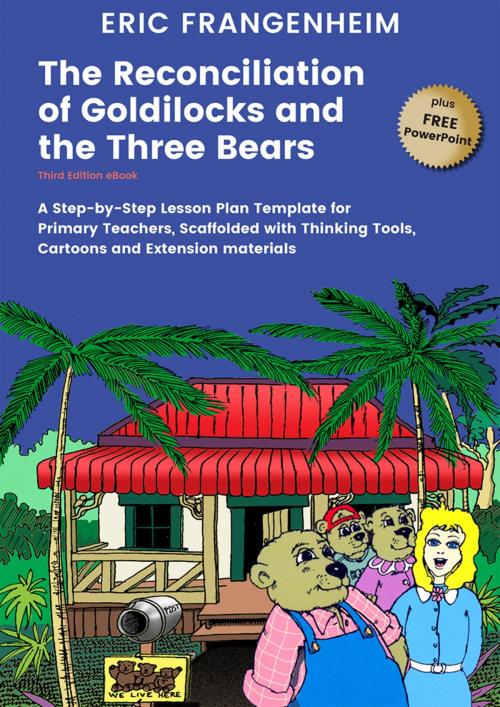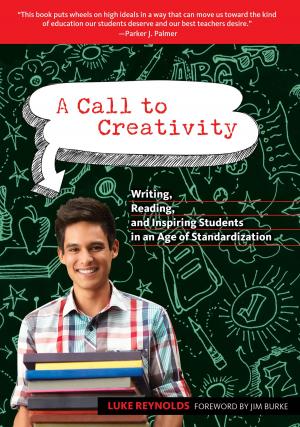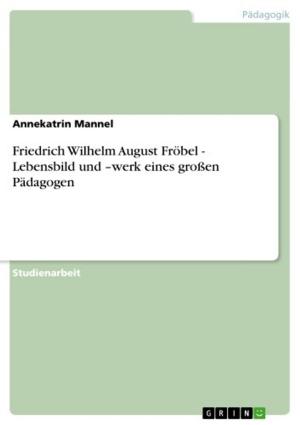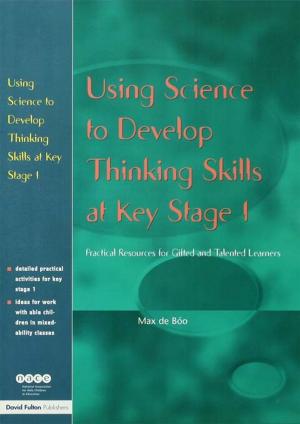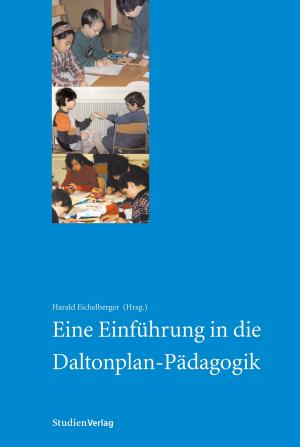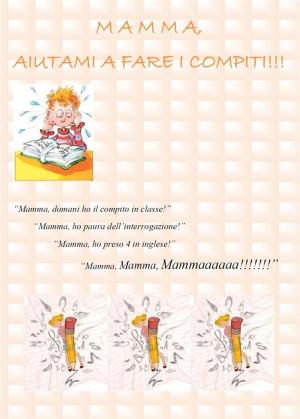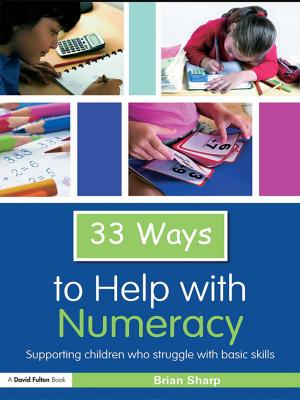The Reconciliation of Goldilocks and the Three Bears
A Step- by-Step Lesson Plan Template for Primary Teachers, Scaffolded with Thinking Tools, Cartoons and Extension Materials
Nonfiction, Reference & Language, Education & Teaching, Teaching, Teaching Methods| Author: | Eric Frangenheim | ISBN: | 9780957703773 |
| Publisher: | Rodin Educational Consultancy | Publication: | December 15, 2009 |
| Imprint: | Language: | English |
| Author: | Eric Frangenheim |
| ISBN: | 9780957703773 |
| Publisher: | Rodin Educational Consultancy |
| Publication: | December 15, 2009 |
| Imprint: | |
| Language: | English |
The Reconciliation of Goldilocks and the Three Bears gives teachers a powerful lesson plan to encourage higher-order thinking using thinking tools in classrooms. Teachers can choose to either follow the lesson plan step-by-step, or alternatively adapt it to suit their intended curriculum unit or area of study.
The Reconciliation of Goldilocks and the Three Bears begins with a light-hearted story; a reimagined all-Australian version of the classic nursery story where Goldilocks and the three bears must learn how to get along. After reading the short story sequel, teachers are shown how to create a lesson plan to promote thinking tools in the classroom with the goal to create a vibrant and meaningful learning environment. The Reconciliation of Goldilocks and the Three Bear includes visual presentation material, critical-thinking activities and extension activities.
Students work in groups of four to think more deeply about the events before, during and after Goldilocks' break-in. Teachers will show students how to track Goldilocks' attempts at redemption for her youthful indiscretion and achieve reconciliation with the Bear family.
The fast-paced lesson is activity-based with clear instructions for teachers concerning the activity (what students are doing), the cognitive reasons for each activity (why they are doing this) and, most important, the thinking tool (how they are scaffolding their thinking).
Teachers will be prompted to make use of appropriate and co-operative thinking tools such as the KWL, Noisy Round robin, Double Bubble Map, Silent Card Shuffle, Think:Pair:Share, PCQ (Pros, Cons, Questions), Tournament Prioritiser, Y Chart, Inner-Outer Circle, and the Hot Potato.
Other skills and dispositions are encouraged throughout the lesson plan with the underlying theme that a mistake or transgression (e.g. break-and-enter and disobeying clear instructions from parents) can be resolved and lead to more positive outcomes. The moral of the story is that if one makes a mistake, the sun will still come up tomorrow.
Hopefully, our students and children will adopt a more positive state of mind and wish to contribute to creating a better world.
All this is achieved under the umbrella of Eric Frangenheim's Thinking Skills Framework, where the students are taught Bloom's Taxonomy in about seven minutes and are then regularly asked to identify the Bloom's level for each question or activity used in the lesson.
Teachers often express amazement that students in Years 3 or 4 and upwards have little difficult in linking the task verb of each question to the appropriate level of Blooms.
This resource gives teachers a lesson plan they can follow or adapt for a productive and fun day of learning.
The Reconciliation of Goldilocks and the Three Bears gives teachers a powerful lesson plan to encourage higher-order thinking using thinking tools in classrooms. Teachers can choose to either follow the lesson plan step-by-step, or alternatively adapt it to suit their intended curriculum unit or area of study.
The Reconciliation of Goldilocks and the Three Bears begins with a light-hearted story; a reimagined all-Australian version of the classic nursery story where Goldilocks and the three bears must learn how to get along. After reading the short story sequel, teachers are shown how to create a lesson plan to promote thinking tools in the classroom with the goal to create a vibrant and meaningful learning environment. The Reconciliation of Goldilocks and the Three Bear includes visual presentation material, critical-thinking activities and extension activities.
Students work in groups of four to think more deeply about the events before, during and after Goldilocks' break-in. Teachers will show students how to track Goldilocks' attempts at redemption for her youthful indiscretion and achieve reconciliation with the Bear family.
The fast-paced lesson is activity-based with clear instructions for teachers concerning the activity (what students are doing), the cognitive reasons for each activity (why they are doing this) and, most important, the thinking tool (how they are scaffolding their thinking).
Teachers will be prompted to make use of appropriate and co-operative thinking tools such as the KWL, Noisy Round robin, Double Bubble Map, Silent Card Shuffle, Think:Pair:Share, PCQ (Pros, Cons, Questions), Tournament Prioritiser, Y Chart, Inner-Outer Circle, and the Hot Potato.
Other skills and dispositions are encouraged throughout the lesson plan with the underlying theme that a mistake or transgression (e.g. break-and-enter and disobeying clear instructions from parents) can be resolved and lead to more positive outcomes. The moral of the story is that if one makes a mistake, the sun will still come up tomorrow.
Hopefully, our students and children will adopt a more positive state of mind and wish to contribute to creating a better world.
All this is achieved under the umbrella of Eric Frangenheim's Thinking Skills Framework, where the students are taught Bloom's Taxonomy in about seven minutes and are then regularly asked to identify the Bloom's level for each question or activity used in the lesson.
Teachers often express amazement that students in Years 3 or 4 and upwards have little difficult in linking the task verb of each question to the appropriate level of Blooms.
This resource gives teachers a lesson plan they can follow or adapt for a productive and fun day of learning.
